BAR HARBOR — Nowhere around the Sieur de Monts Nature Center at Acadia National Park is there a mention of Eliza Homans.
So people hiking here two weeks ago from Ohio, Pennsylvania, Michigan and Maine did not know the person who gave the first parcel of land to what eventually became the 47,000-acre national park.
They didn’t know the donor was a woman, nor that the unusual stone path that winds up toward ocean views was named after her by George Dorr, who led the effort to create the national park. Many Acadia visitors didn’t even know where Homans Path was located.
Lynette Gumbleton, 19, of Kalamazoo, Michigan, hiked toward it with her family on the way down Dorr Mountain. But she didn’t know. Gumbleton said the rangers suggested one of the tougher hikes over Dorr Mountain, and she and her two brothers jumped at it. But she said there was no talk of the remarkable century-old stone staircase they might find at the end.
“I’ve never seen anything like it,” said local hiker Marc Fawcett-Atkinson, a senior at the College of the Atlantic. “Those stoned stairs are all wedged into place. It’s amazing. It’s really intricate construction.
“My guess is many people out hiking go up the mountain on the Emery Path just because it’s the first one you see after you park there. I’ve seen more people on Emery than I have on Homans.”
In 1901 the Hancock County Trustees of Public Reservations became just the second land trust in the nation when summer residents Dorr and Harvard president Charles Eliot founded the trust to protect the stunning landscape around 1,500-foot Cadillac Mountain.
In 1908, Eliza Homans of Boston became the first donor in the effort when she gave 140 acres on Beehive Mountain.
“She was an unusual woman for her time,” said historian Ronald Epp, whose biography of Dorr was published last year.
“She had a lot of conviction that what she was doing was the right thing. It was the first substantial gift. And in her letter she said, ‘I’m doing this because I’ve learned the lesson of conservation. I think that unless we do this, Mount Desert Island is going to turn out to be an amusement park. And I want it to be a place my grandchildren can enjoy.’ ”
The gesture inspired Dorr to go after Cadillac Mountain and within four years the Trustees had preserved 5,000 acres around the mountain.
In 1916, Dorr gave 6,000 acres to the U.S. government, and President Woodrow Wilson established the Sieur de Monts National Monument. It became a national park in 1919, the first east of the Mississippi and the first to be created by private citizens.
Dorr was the park’s first superintendent. In that role he honored the island residents who helped create the park by naming memorial trails after them. Homans Path was built with six other memorial trails between 1913 and 1916 under Dorr’s direction, Epp said.
“What you can say about Mr. Dorr is that there are dozens of trails he had a dominant hand in building,” Epp said. “And what is clear is that Dorr wanted to honor some of the individuals who not only gave money or gave land but played a significant role in the development of the communities that make up the island. As park superintendent he was given a lot of latitude to do what he thought best.”
Homans was lost for 50 years after the fire of 1947, until park rangers rediscovered it and reopened it in July 2003.
And yet Homans Path is not listed in the main Acadia brochure. The signs at the nature center tell how “many trails in this area are named after residents who found inspiration from the landscape and helped finance the trails.” And there is a kiosk panel that shows Homans’ primitive century-old steps.
But nowhere does it provide details about Eliza Homans.
Her path starts from a trailhead that is camouflaged among the maple, birch and beech trees. Nothing indicates this path is significant to the park’s history, nor that the journey is unlike many others.
It leads 30 yards into the woods before the primitive steps appear. From there the path rises another 338 steps along boulders and through natural stone archways to panoramic views of treetops and, eventually, Frenchman’s Bay. The stone steps hug and blend into the mountainside, but on purpose.
“They used pickaxes and brute force,” Epp said. “The original pathmakers were looking at the immediate landscape and saying: ‘What can we take out of the earth and position so it looks as thought the trail has always been here?’ ”
Beverley Guay of Millinocket, a guide in the College of the Atlantic outing club, didn’t know it.
And as Victor Liu of Dublin, Ohio, and Adit Sinha of Pleasanton, California, climbed down Dorr Mountain toward the Homans a few weeks ago, they said they didn’t know it was there. They were awestruck at the views from Acadia’s trails. But they knew nothing about the stone path or its story.
Fawcett-Atkinson, of Antigonish, Nova Scotia, thinks tourists often miss Homans on their way over Dorr Mountain. He is more familiar with Homans than most, he said, because his morning run goes by it. But even the local college student had no idea where the path got its name.
“That’s crazy she owned the Beehive. That’s amazing,” Fawcett-Atkinson said. “I go up that trail a lot. Now I’m thankful to her in multiple ways.”
Deirdre Fleming can be reached at 791-6452 or at:
dfleming@pressherald.com
Twitter: FlemingPph
Send questions/comments to the editors.


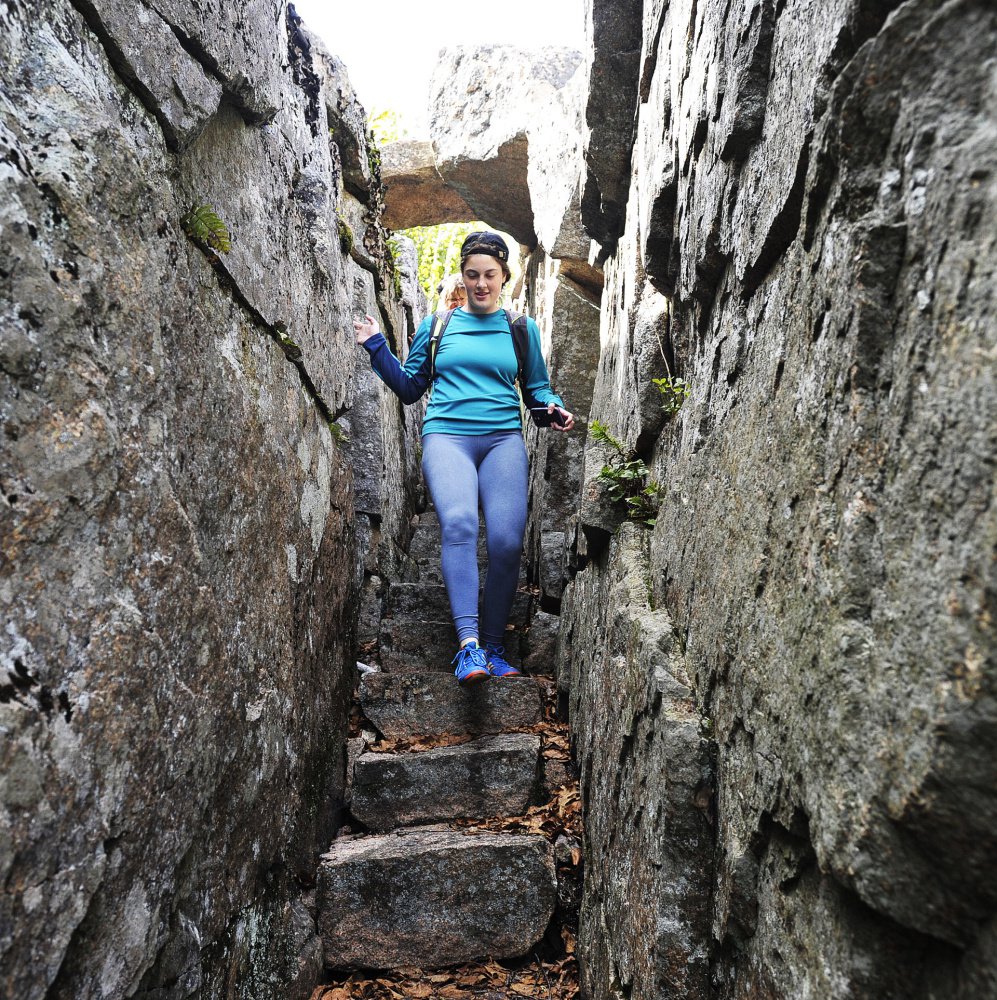
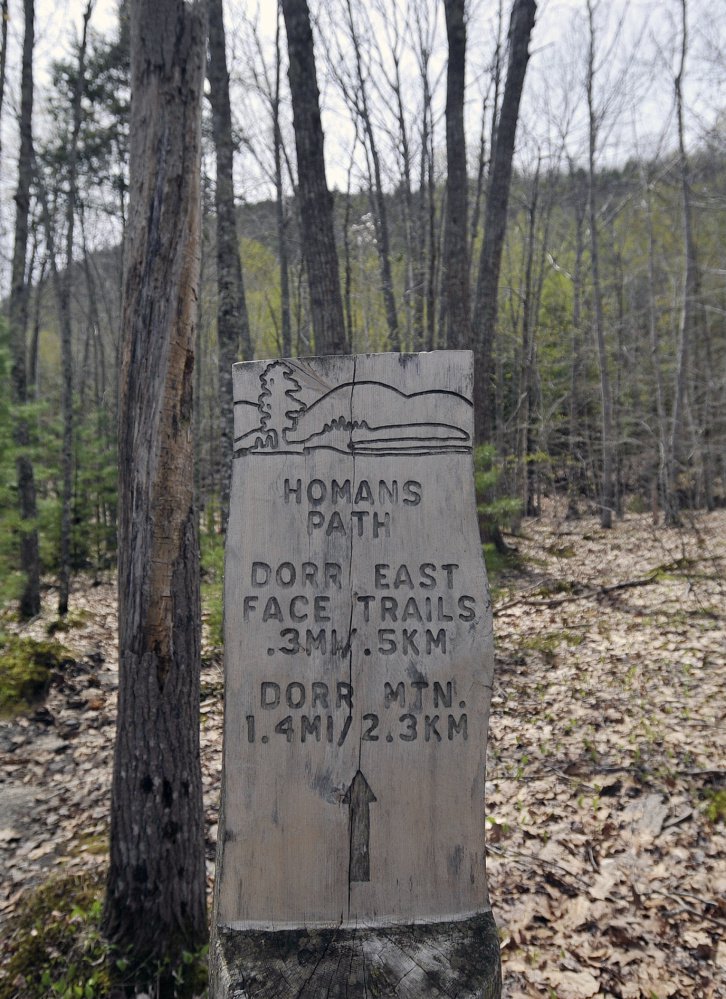
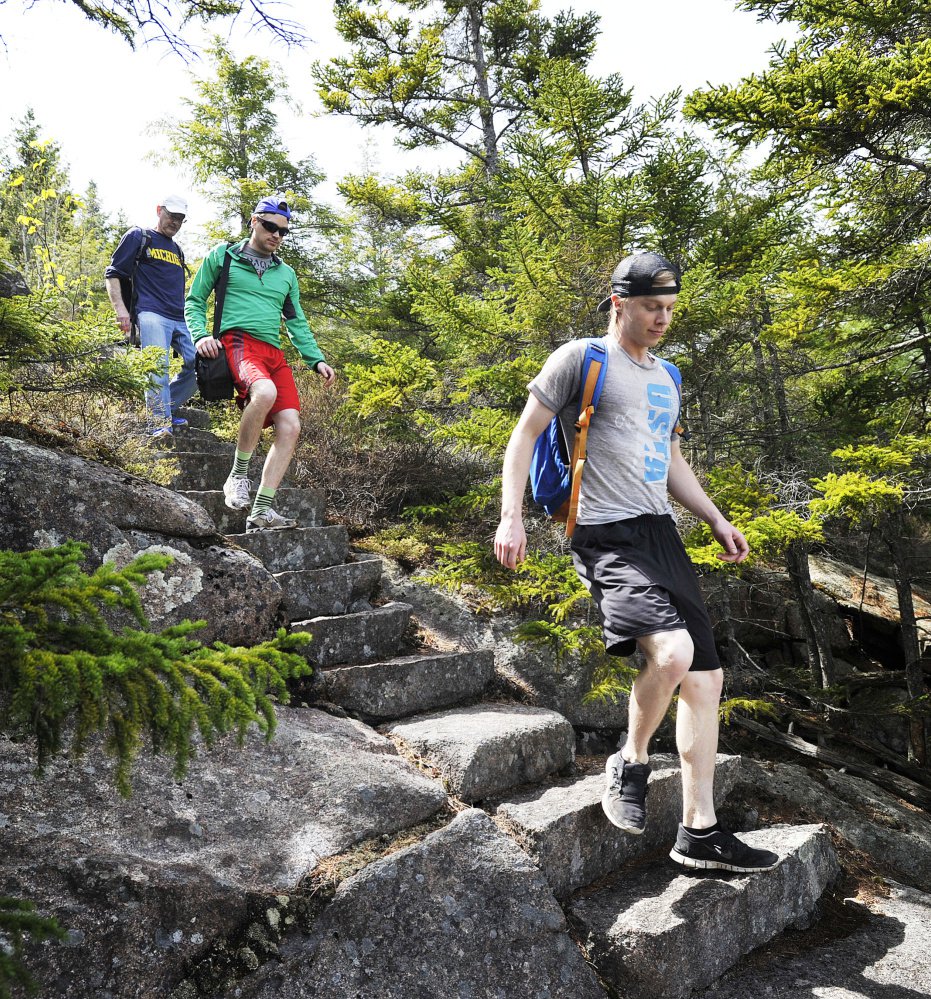
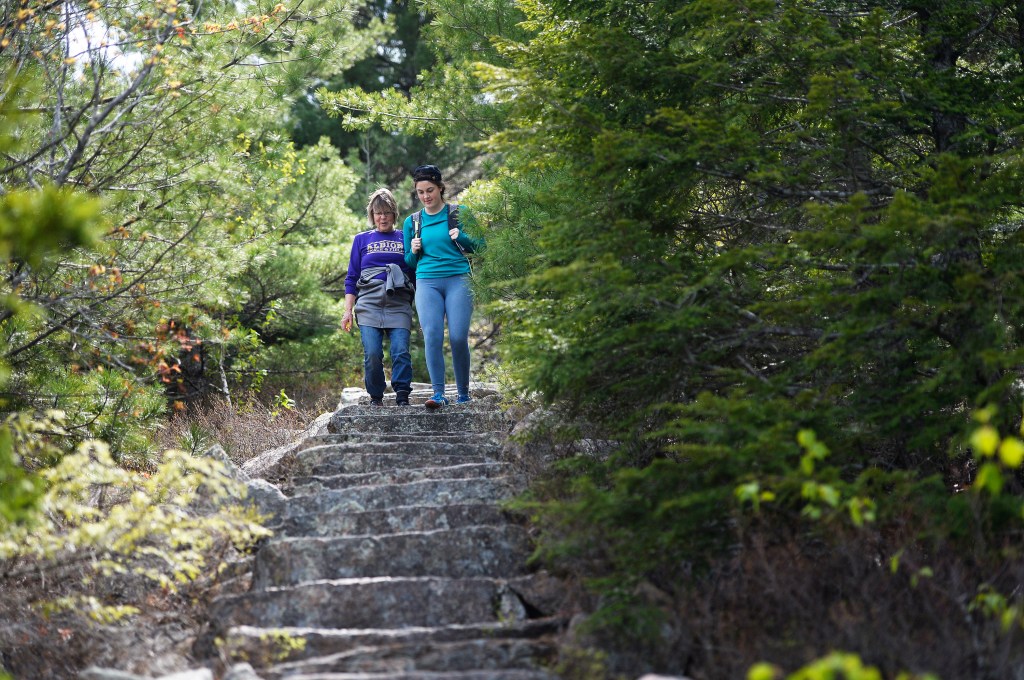
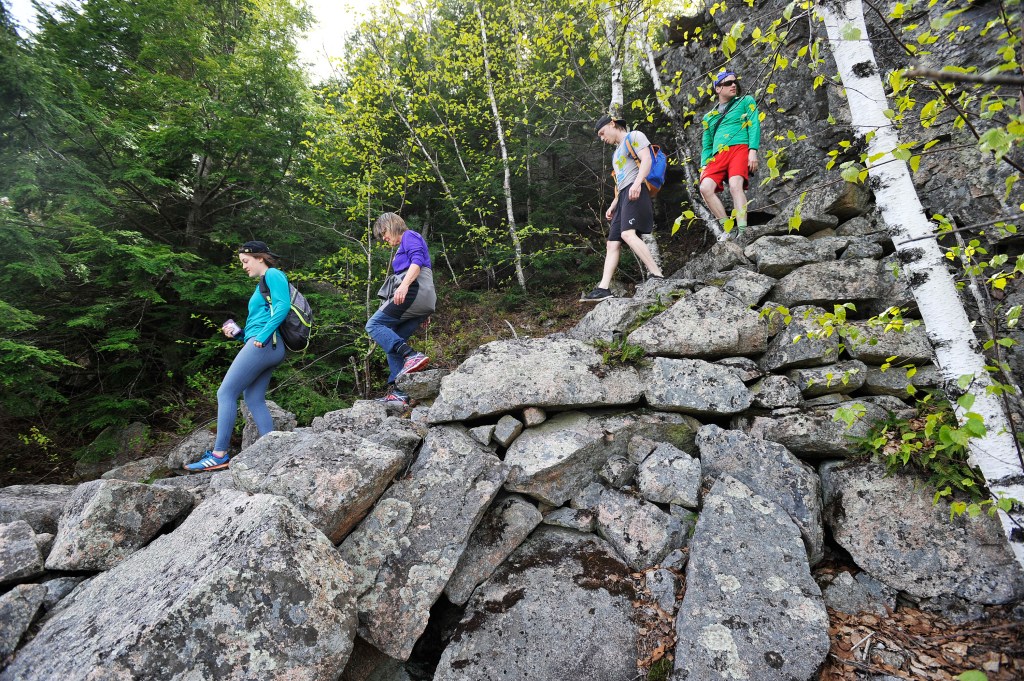
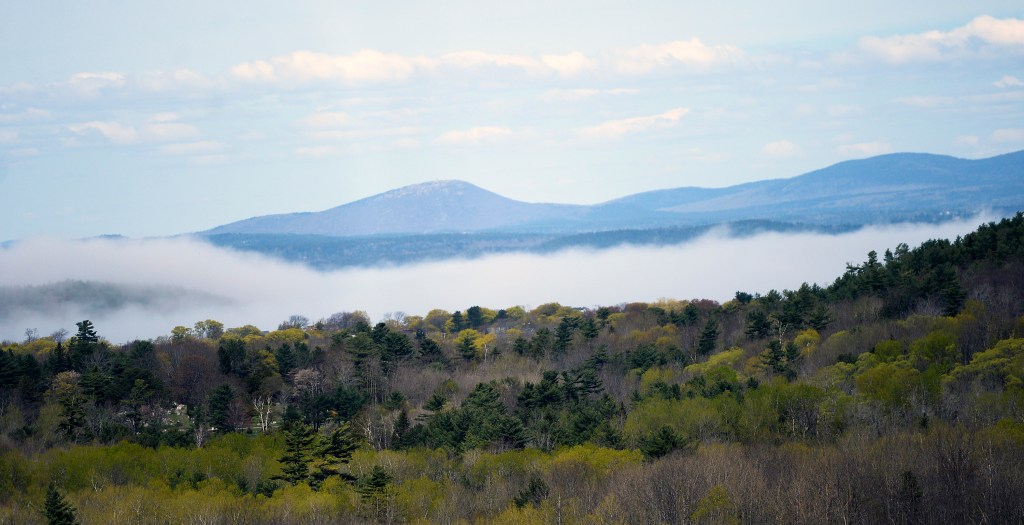

Success. Please wait for the page to reload. If the page does not reload within 5 seconds, please refresh the page.
Enter your email and password to access comments.
Hi, to comment on stories you must . This profile is in addition to your subscription and website login.
Already have a commenting profile? .
Invalid username/password.
Please check your email to confirm and complete your registration.
Only subscribers are eligible to post comments. Please subscribe or login first for digital access. Here’s why.
Use the form below to reset your password. When you've submitted your account email, we will send an email with a reset code.